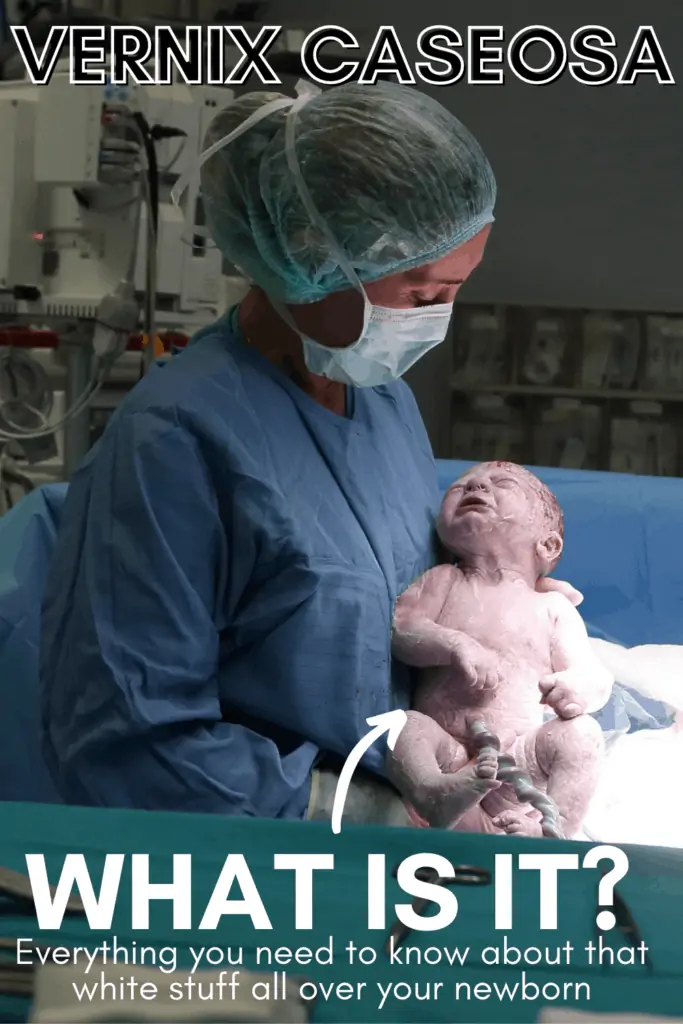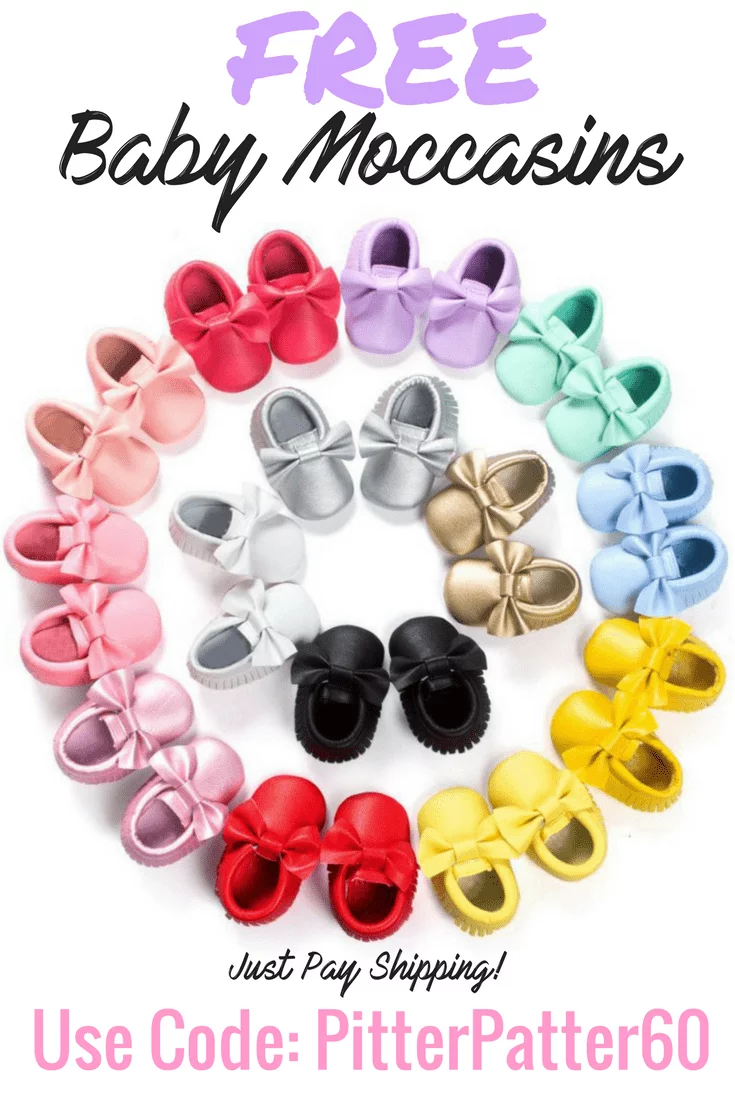
Vernix Caseosa: What is it, and how it benefits baby
The Vernix Caseosa is a white, cheese-like substance that appears on the baby’s skin after birth. It is a complex membranous structure composed of 80% water, 10% lipids, and 10% proteins. The lipid composition of the Vernix includes ceramides, cholesterol, phospholipids, and free fatty acids.
Because of the rich lipid content, Vernix acts as a hydrophobic barrier and protects the fetal skin from excessive water exposure during the stratum corneum development. The waxy, cheese-like substance performs various functions, such as the fetal transition from the intrauterine to the extra-uterine environment.
Vernix lubricates the birth canal during parturition, regulates temperature, and prevents water loss. It plays a key role in innate immunity and intestinal development. Recent studies show that Vernix has a water-repellent film on the surface of neonatal skin that protects against heat loss.
Benefits of Vernix Caseosa
There are various benefits of Vernix Caseosa during pregnancy and after birth. Read on!
Waterproofing Properties
Research shows that a baby’s body is exposed to amniotic fluid for nine months. Yet, the skin is well-developed and functional at birth. It has a well-formed stratum corneum and thick epidermis. It means Vernix Caseosa protected the baby’s skin from amniotic fluid throughout pregnancy.
It has excellent waterproofing properties due to its lipid content. The lipid composition of the Vernix makes it a hydrophobic barrier that protects the baby’s skin from excessive water exposure. The waterproofing properties of Vernix are biologically advantageous during the development of the stratum corneum.
Antioxidants
An adult’s skin has endogenous antioxidant capacity due to vitamin E in the sebum and stratum corneum. Studies show that Vernix Caseosa has higher levels of alpha-tocopherol or vitamin E than stratum corneum.
Antioxidants present in Vernix Caseosa protect your baby against oxidative stress during pregnancy and at birth. The excellent antioxidant properties of Vernix are beneficial in the prohibition of pro-oxidative stressors like UV exposure.
Lubrication of the birth canal
The Vernix Caseosa is a powerful protective biofilm that minimizes the friction of the baby’s body parts in the birth canal. The purpose is to streamline the process during parturition by lubricating the birth canal.
Antimicrobial Properties
Studies show that neonates or newly born babies have a weak immune system. It means your baby at birth is prone to a wide range of health conditions. Although breastfeeding can enhance your baby’s immunity, the immune system relies on other things, including Vernix Caseosa.
Because Vernix Caseosa is a protective layer, it protects the skin of a newborn baby from infections. It has excellent anti-inflammatory and anti-infection properties. Babies with a thin layer of Vernix Caseosa are more susceptible to illnesses than babies with a thick protective coating. Some studies highlight that antimicrobial peptides play a direct role in defense against bacteria and other microorganisms.
Temperature Regulation
Although modern nursing methods and incubation techniques can control a baby’s temperature during the first few hours of life, studies show that pre-term babies remain an area of concern in neonatology.
At birth, Vernix may cover the skin surface or be confined to the body folds. Vernix has tremendous effects on body temperature regulation and provides thermal stability to the baby. Long story short, it maintains the baby’s body temperature during pregnancy and after birth.
Moisturizing Properties
Vernix Caseosa contains 80% water, which moisturizes the stratum corneum. A newly born baby undergoes a progressive adaptation, including Skin pH reduction, surface dehydration, and stratum corneum dehydration. Your baby may also have a dry skin surface after birth.
There are two paradoxical aspects of Vernix Caseosa. First, it is hydrophobic that protects your baby’s skin against amniotic fluid in utero. Second, it has a high water content that maintains stratum corneum moisture and prevents skin dryness.
Wound Healing
The Vernix promotes increases glucose consumption and stimulates lactate production to maintain skin metabolism. It regulates trans-epidermal water gradient to increase its healing properties, especially in epidermal wounds.
Vernix Caseosa also speeds up the process of stratum corneum repair and maturation. A growing body of research evidence shows that Vernix Caseosa reduces infections in the neonatal population.
Final Words
It is not easy for many mothers to understand the concept of Vernix Caseosa and how it benefits the baby. However, in this post, we have tried to explain it in simple words. In layman’s terms, Vernix Caseosa is a thick, waxy substance on your baby’s skin. It protects your baby against harmful fluids during pregnancy, regulates the body’s temperature, and protects the skin against infections after birth.












